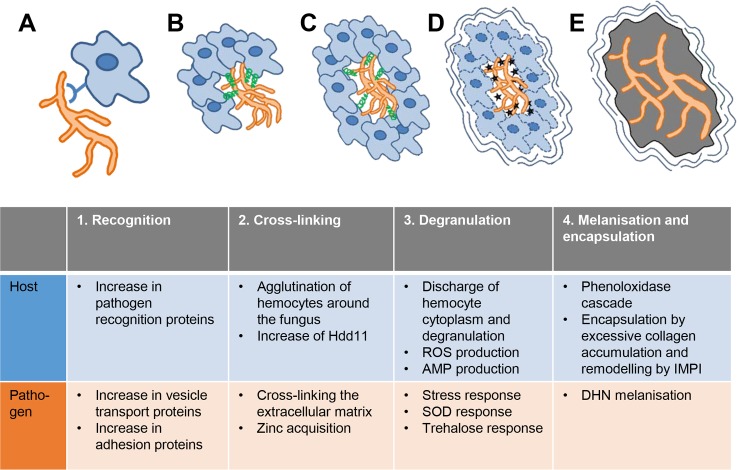Fig 6. Model of grain formation over time with the most important processes of host and pathogen. A. M. mycetomatis is recognized by the G. mellonella host via pathogen recognition proteins.
M. mycetomatis increases vesicle transport and adhesion proteins are displayed on the surface attaching itself to the host. B. Hemocytes will agglutinate around the fungal hyphae and Hdd11 production is increased resulting in crosslinking of the hemocytes and attaching to the fungus. The fungus itself will secrete Asp f2, a zincophore to acquire zinc and to cross link the extracellular matrix. C. Hemocyte cytoplasm will be discharge and degranulation occurs which elevates ROS production and the secretion of AMPs at the granule. The fungus will react by producing SOD and trehalose. D. Melanin will be produced by the host and by the fungus and a capsule is formed surrounding the grain. E. In the last stage, no hemocytes are found within the grain, they are all lysed and the extracellular matrix is completely melanised.

